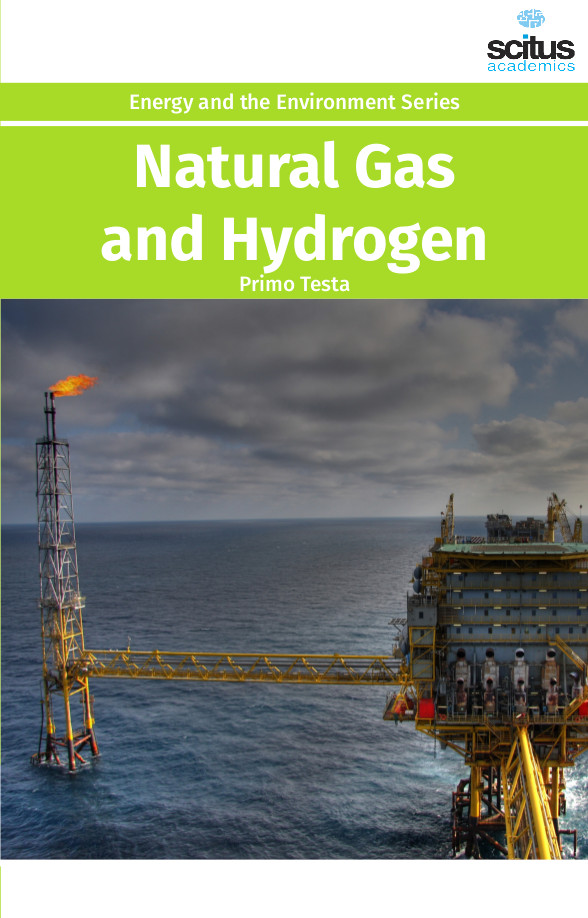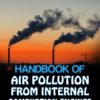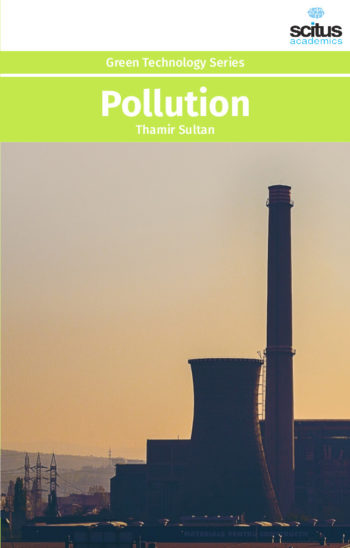Energy plays a critical role in fueling the transition from a traditional to a modern society and thus aiding economic costs of extracting and transporting the major energy resources used. Research suggests that current oil and gas reserves are sufficient for only a few more decades. It is well-known that transport is almost totally dependent on fossil fuels, particularly petroleum-based fuels such as gasoline, diesel fuel, liquefied petroleum gas, and compressed natural gas. For the foreseeable future automotive fuels will still be largely based on liquid biorenewables and gaseous biohydrogen. Natural gas is a vital component of the world’s supply of energy and an important source of many bulk chemicals and speciality chemicals. It has many qualities that make it an efficient, relatively clean burning, and economical energy source. However, there are environmental and safety issues associated with the production and use of natural gas. Exploring, producing and bringing gas to the user or converting gas into desired chemicals is a systematical engineering project, and every step requires thorough understanding of gas and the surrounding environment. Although the natural gas that people use as a fuel is processed so that it is mainly methane, unprocessed natural gas from a well may contain many other compounds, including hydrogen sulfide, a very toxic gas. Natural gas with high concentrations of hydrogen sulfide is usually flared. Natural gas flaring produces CO2, carbon monoxide, sulfur dioxide, nitrogen oxides, and many other compounds depending on the chemical composition of the natural gas and depending on how well the natural gas burns in the flare. Natural gas wells and pipelines often have engines to run equipment and compressors that produce additional air pollutants and noise. As the amount of available petroleum decreases, the need increases for alternate technologies to produce liquid biorenewables and gaseous biohydrogen fuels that could potentially help prolong the liquid fuels culture and mitigate the forthcoming effects of the shortage of transportation fuels.
This volume ‘Natural Gas and Hydrogen’ tries to chronicle the state-of-the-art in various aspects of natural gas: exploration, drilling, gas processing, storage, distribution, end use and finally the impact on environment. The chapters of this book are contributed by leading authors around the world. Modeling approaches, as well as, recent advances in specific natural gas technologies are covered in detail. The book emphasize the science on which such technology is based, the limitations of each technology, the environmental effects of its use, questions of availability and cost, and the way that government policies and energy markets as well as the technical and economic barriers that could detail a transition toward hydrogen energy systems. This book is a great read for researchers, practitioners, or just about anyone with an enquiring mind on this subject.













